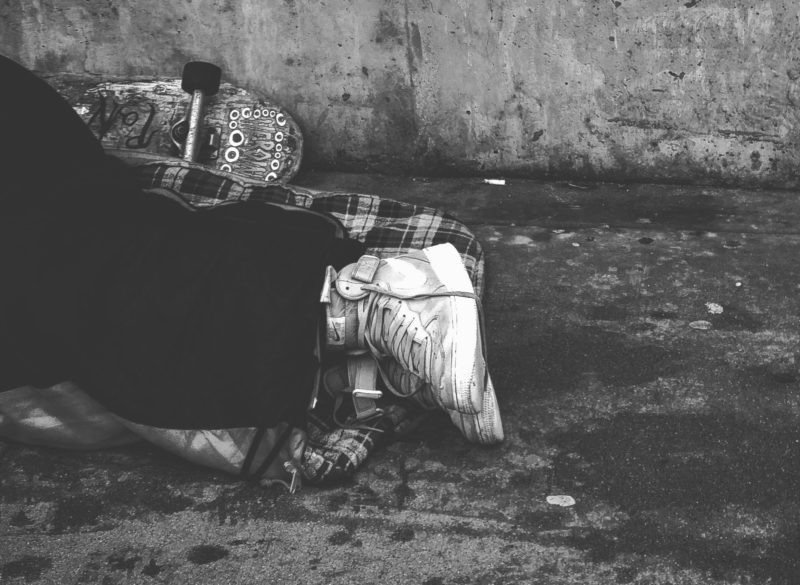
Every November since 2007, the National Child Traumatic Stress Network (NCTSN) has drawn attention to the youth who experience homelessness each year in the United States through National Homeless Youth Awareness Month (NHYAM).
The latest numbers for those experiencing homelessness in Hawai‘i reveal a complicated picture. Each year, the Aloha State participates in the Point in Time Count (PIT Count), a federally mandated census count from the Department of Housing and Urban Development. The PIT Count provides a one-day snapshot of all those experiencing homelessness in our shelters, streets, beaches, cars, or other places not meant for human habitation.
The 2022 PIT Count showed that a total of 5,973 people experienced homelessness in the state, including 3,951 on O’ahu, 837 on Hawai‘i, 741 on Maui, and 444 in Kaua’i county. On O’ahu, homelessness was down nearly 11% overall from 2020 but up slightly among those living on the streets. The number of homeless families with minor children has decreased by 60% since 2015. However, throughout the state, chronic homelessness increased by 18% compared to 2020.
Youth who experience homelessness don’t just lose their homes, communities, families, friends, and routines. They also lose their sense of stability and safety. Many are also trauma victims and trying to survive on the streets which exposes them to additional dangers. Homeless youth have an increased likelihood of substance abuse, early parenthood, impulsivity, depression, post-traumatic stress disorder, and are vulnerable to being trafficked. In fact, according to the 2020 Sex Trafficking in Hawaii Report, conducted by Child & Family Service, more than two-thirds of sex-trafficked participants reported having been homeless.
As part of NHYAM, NCTSN provides helpful resources for parents and caregivers, children and teens, mental health providers, child welfare workers, juvenile justice professionals, and policymakers. For more information, go to www.nctsn.org/resources/national-homeless-youth-awareness-month-external-resources.



